Cristina de Miguel was born in 1987 in Seville, Spain. She lives and works in Brooklyn, New York. Cristina received her BFA from the University of Seville in 2010 and her MFA in Painting from Pratt Institute, New York, in 2013.
De Miguel’s approach to painting is emotional, thinking in formal terms but balancing it out with a let-go attitude. She insists on the materiality of the painting by fragmenting the figure, so the figure is not the central point of the painting but the act of painting itself. The iconography in her work alludes to action, velocity, and the possibilities of the body—bodies that melt physically in the same way paint drips and melts too.
Solo exhibitions of de Miguel’s work have been presented at Almine Rech Gallery, London; Fredericks & Freiser Gallery, New York; Marquez Art Projects, Miami; The Journal Gallery, New York; and Villa Magdalena, San Sebastian, among others.
De Miguel’s work has been included in group exhibitions at Museo Picasso, Malaga; Almine Rech Gallery, New York; V1 Gallery, Copenhagen; Woaw Gallery, Hong Kong; and Amanita, Los Angeles, among others.
Bio courtesy of the artist
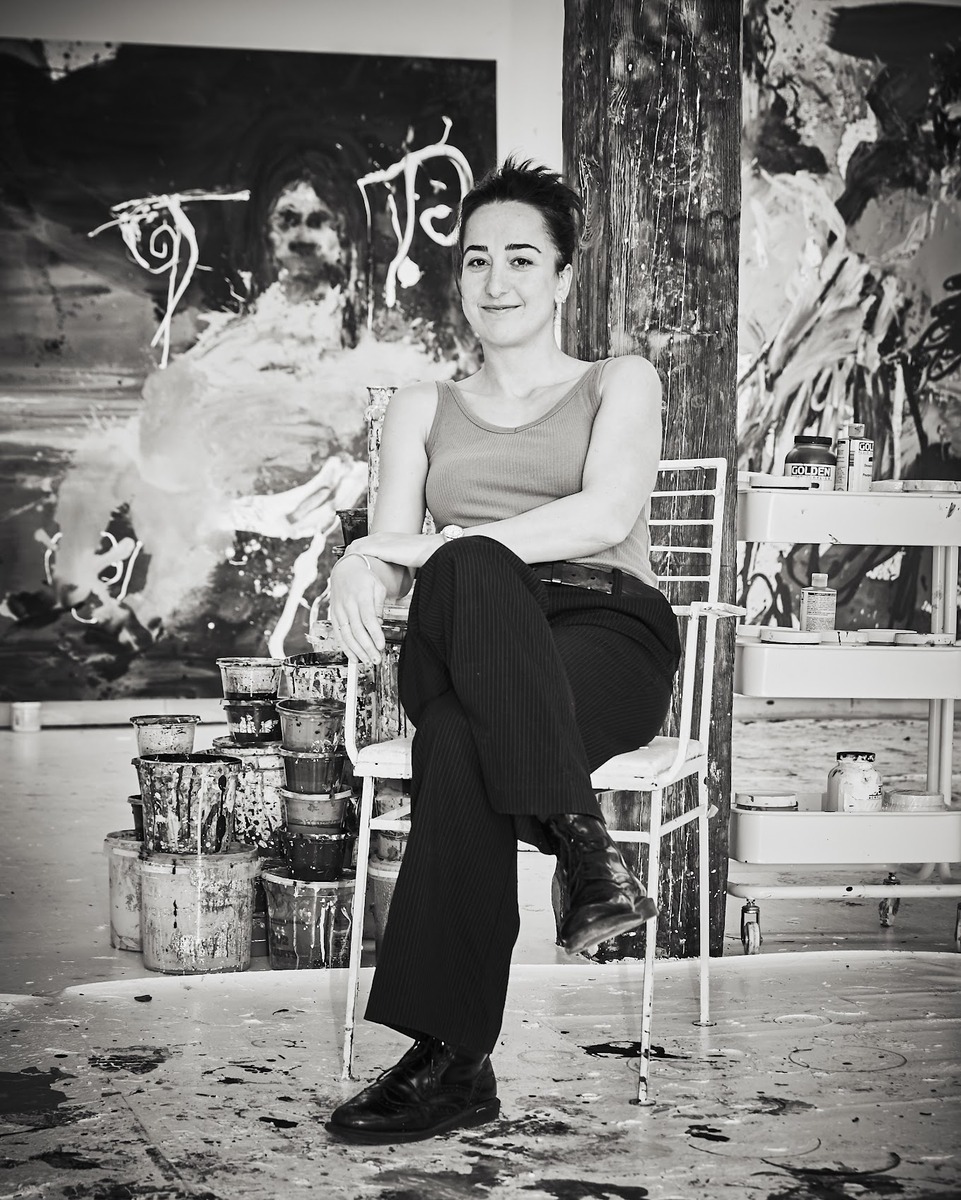
An Interview with Cristina De Miguel
By Carol Real
What initially motivated you to explore art at a young age?
Creativity was a defining aspect of my childhood. I spent a lot of time alone, creating clay figurines. My mother had a garage where she kept different leftover wall paint and she used to paint window frames. She allowed me to take the paint and pieces of wood my father stored, along with all sorts of odds and ends my father collected such as old wooden or metal scraps. So I was always making things with my hands, creating in a more rudimentary and primitive manner, unconcerned about the results or being self-conscious.
Do you come from families of artists?
Not in the sense of them being professionally dedicated to art. For instance, my father sculpts and writes poetry, but he does it on his own, not professionally. He studied law and worked for IBM as a computer engineer. He doesn’t have a background in art. Since I was little, I’ve always been involved in art. It was great because I didn’t have anyone telling me how things should be; I was self-taught. There were no rules limiting me. I often recall that time of freedom. I’m particularly intrigued by the freedom of doing things for oneself, not to teach others or other similar intentions.
Did your parents support you in your decision to become an artist, or did they suggest a more traditional career?
Although I come from a traditional family, they always supported me. From a young age, I wanted to study fine arts, and there was never any problem about it. When I was fifteen and sixteen, they arranged for me to study once a week in the workshop of a well-known painter from Seville named Paco Cuadrado, who was particularly prominent in the sixties. He specialized in social realism and has since passed away. I learned a lot from him. Paco didn’t allow me to paint with oil yet because it was considered too advanced, but he encouraged me to use pastels. More than the technique, what I really learned from him was his love of painting and his overflowing passion. He was very sensitive and talked to me about Impressionist painters. He let me borrow books and catalogs of paintings that I had never seen before. From him, I discovered all the Impressionists such as Cézanne, and I greatly expanded my knowledge. Yet, the most important aspect was the passion he transmitted; it was his way of life, a vital necessity. Moreover, he was humble. He had his workshop where he received people to paint and gave classes in his studio, which was also his home. His workshop was different, but he had a section dedicated to classes. Overall, he was a true master to me.
At what moment did you discover the direction you wanted to puruse in your career, embark on your own path, and develop your unique style?
Nothing comes suddenly; everything is an evolution. Since my first year at college, I always had an interest in having a large amount of paint and being able to make big brushstrokes. I felt there was a restriction in the amount of material because they sold paint in small tubes. I wanted a bucket full of paint to use as I pleased–to drip it. Since I was eighteen, I started researching how to make my own paint with pigments and a special binder. I was inspired by the work of Miguel Barceló, who also followed this method. I learned from him and his big buckets of paint. That began to define my style, which focuses on the materiality of the paint rather than the narrative. I used to bring large buckets of paint to class, inspired by Barceló; his huge canvases painted on the floor inspired me. Additionally, I started reading about other artists like Cy Twombly, Julian Schnabel, and Joseph Beuys. They also became the main influences in my artistic development.
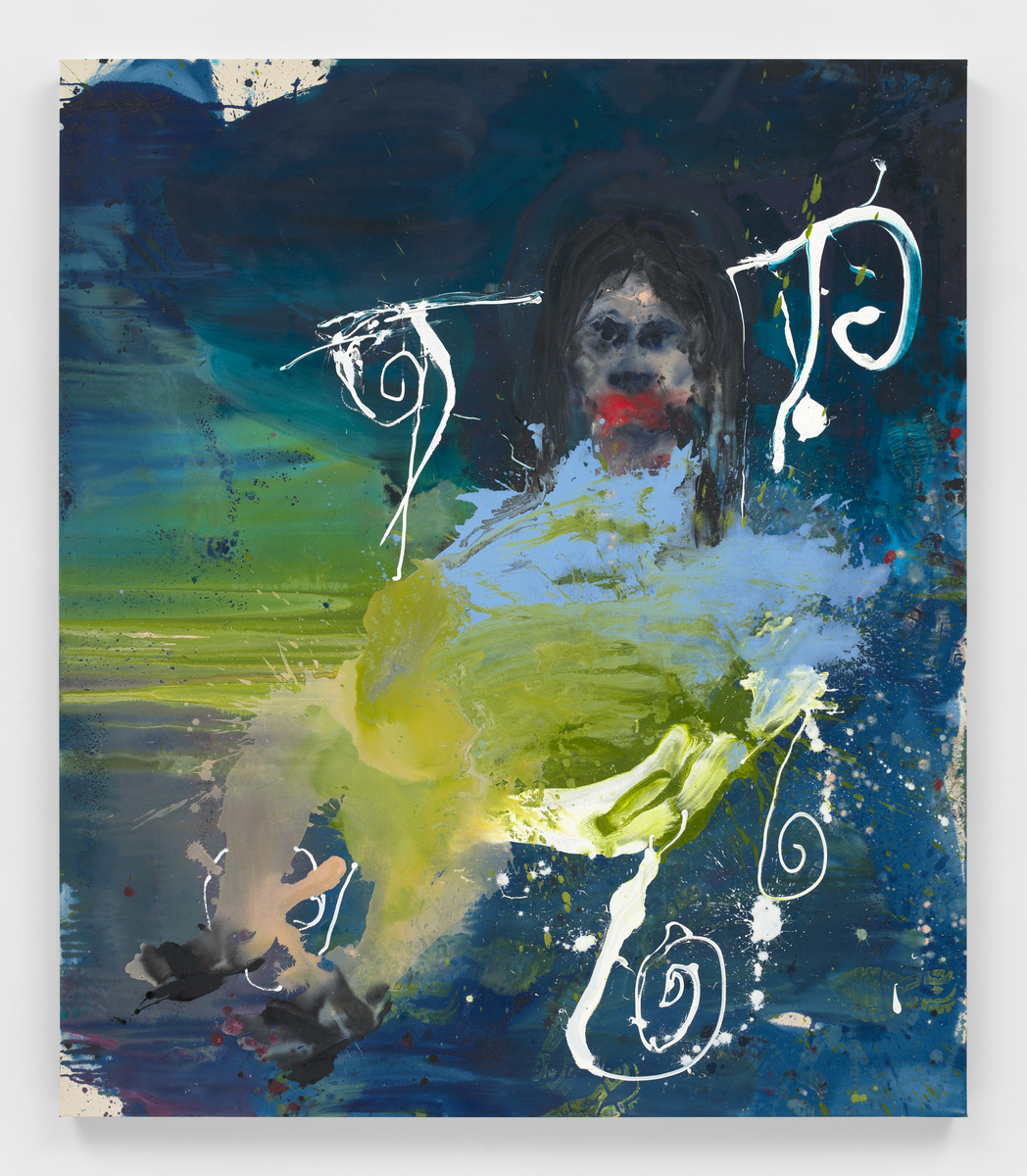
How do you produce your own paint? What steps do you follow?
First, I acquire the essential elements to make the color from the pigment. Pigments consist of a powder that is mixed with water and a type of special latex. I used to combine it with transparent latex to achieve a more economical binding and a matte finish, avoiding the plastic shine that some paints tend to have. However, this approach is no longer as important to me. These were my first steps, always using shapes as a pretext to paint. During my academic studies, I acquired solid skills in drawing. Although I had a strong foundation, there came a moment when I felt demotivated and chose to challenge it.
How do you balance the element of randomness with your deliberate surrender of control in your painting techniques?
To me, the magic of painting resides in achieving equilibrium between carefulness planning and openness to chance. I need some planning–an initial idea, perhaps a composition–but I also must be open to letting the painting guide me. It’s the combination of both that makes the magic happen. What’s most special is when unexpected things happen during the creative process. It’s important to leave room for it and have the humility to accept it as it comes. Sometimes, what happens is even better than what you had planned, more interesting than any preconceived idea. However, it’s also difficult because it involves making decisions, knowing when to erase or leave something as it is. That’s how it works.
Do you hold high expectations for yourself when it comes to your work?
It depends on the day, but yes, because there comes a moment when it influences us. Everything is very mental and emotional. I think you have to be very present in the moment, approach studying with a mindset of detachment, and observe what happens. At the same time, give it your all and accept that you’ve given your all, even if the result may not be what you expected. It might go wrong. It might be a disaster.
How do you think your emotional state influences your choice of colors and palettes?
I don’t believe there’s a direct correlation like “I’m feeling sad today, so I’ll use dark colors.” I think it might depend more on the day and personal preference. However, I don’t believe this connection is so direct. For me, the choice of colors is more about what visually attracts me. When I pick colors, I usually examine different options and ask myself what sensations they evoke. It’s more out of curiosity and visual attraction than a reflection of my current emotional state.
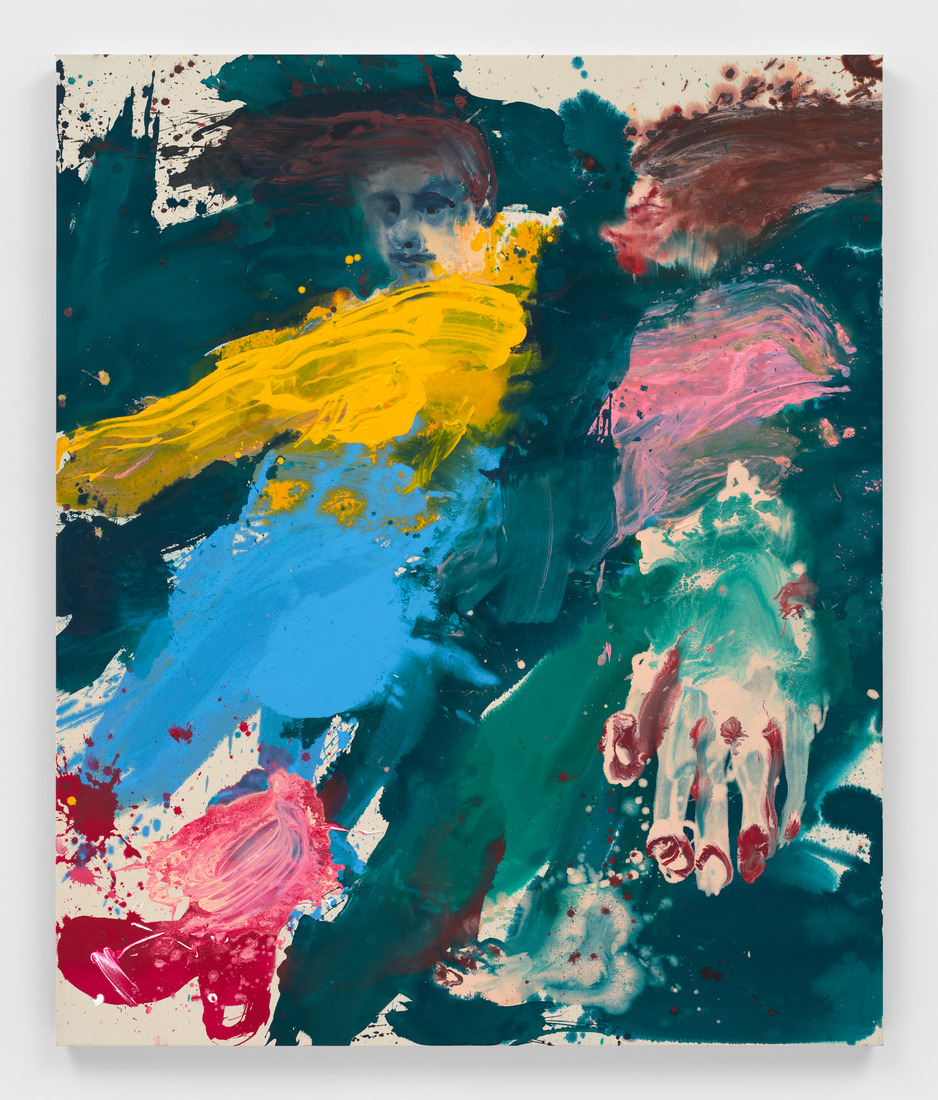
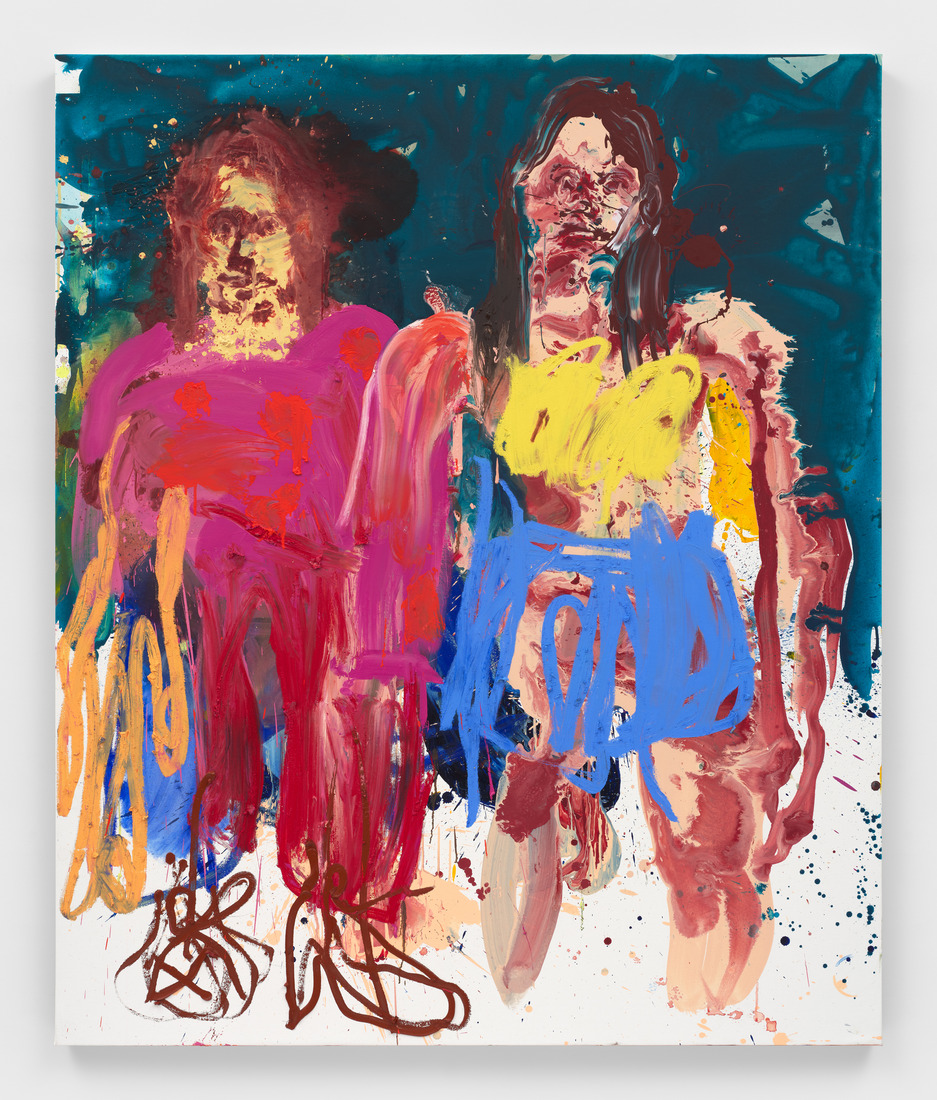
When you’re creating, do you prefer to start and finish one work at a time or work on several at the same time and finish them independently? How do you know when a piece is complete?
I generally tend to dedicate my attention to one piece per week or longer periods, but always only one at a time. This is because working on multiple projects simultaneously feels a bit overwhelming to me. Sometimes, I encounter situations where I’m not sure how to resolve certain aspects of a piece, but when most of the piece is complete, I let it rest for a while. I step away from it and don’t revisit it for at least two weeks. Often, upon returning, I find that only a small detail was missing to resolve. While I would like to have the ability to tackle multiple pieces simultaneously, I prefer to fully concentrate on one. My creative process tends to be quite fast. I am particularly interested in making my paintings convey the feeling of having been created all at once, capturing that freshness reminiscent of a drawing. I don’t want the individual effort behind each brushstroke to be perceived; I prefer the marks of the body’s action to integrate naturally. Many times, when a painting doesn’t work, I find myself forced to discard it because there’s no other choice. Trying to fix it results in a loss of energy and fluidity. I’m learning that you never stop learning, but as you already know, there will always be another painting to come.
It is often said that artists spend a lot of time alone in their studios, with little social contact, leading to a solitary life. Do you listen to any kind of background music that inspires you while you work, or do you prefer silence?
Yes, I usually listen to a lot of electronic music. I always play the same band, Boards of Canada. I concentrate better with their albums, which lack vocals. I also focus on DJ sessions on SoundCloud. I play them at a high volume, but with very calm music. I don’t work on weekends; I engage in social activities, which is very positive.
How would you describe your experience in finding and becoming part of the artistic community in New York, especially considering that you are living far from your home country and family? Were you actively seeking it, and how has it influenced your life and artistic practice?
When I first arrived, I joined the graduate school at Pratt. At that time, the community was amazing. However, when I finished school and left, it was like a reality check. I felt quite lonely because many people left. The beginnings were tough, but eventually, I found a new community. Now I have a solid group of friends, many of them painters, and this community is of utmost importance to me. We gather regularly; for example, when one of us has an exhibition, we invite each other and organize small gatherings or sort of salons, not only to admire the paintings but to celebrate. This way, we can see the works and share ideas. Conversations are crucial, especially those related to painting. Dialoguing with others about art, beyond the market or sales, enriches my experience as an artist.
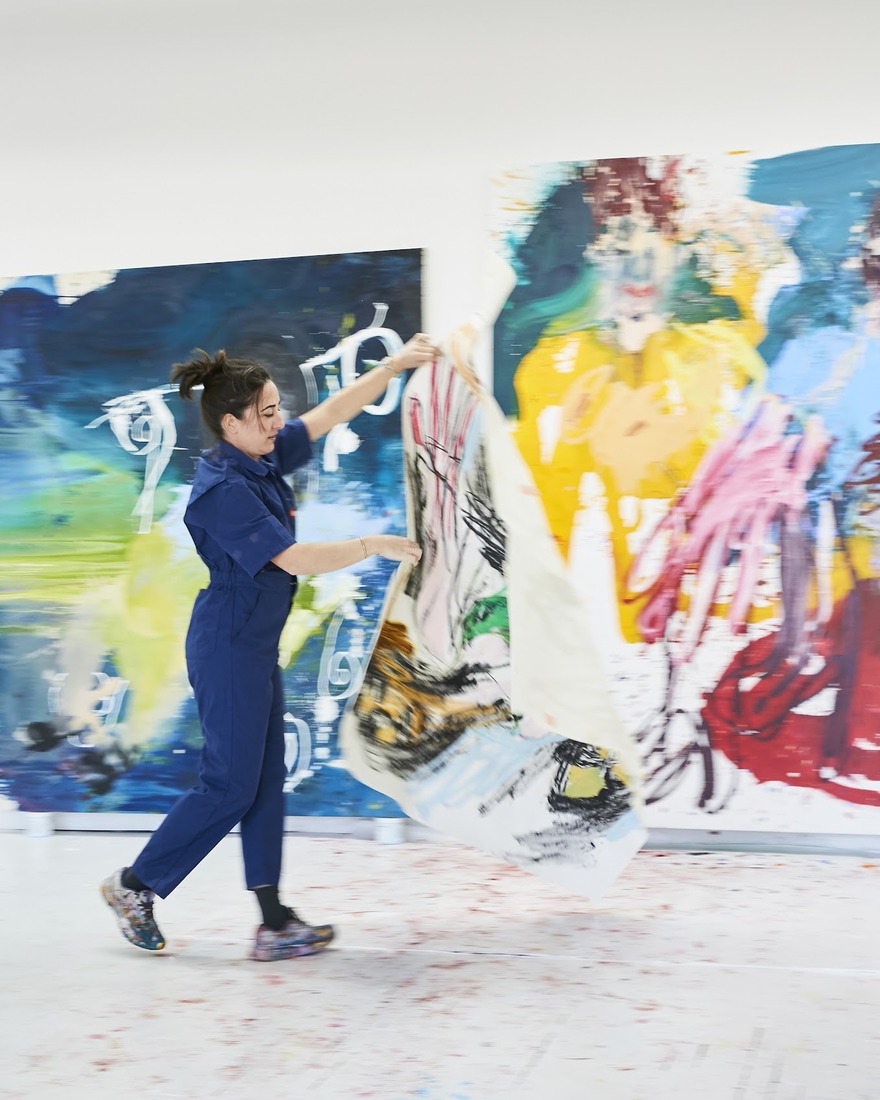
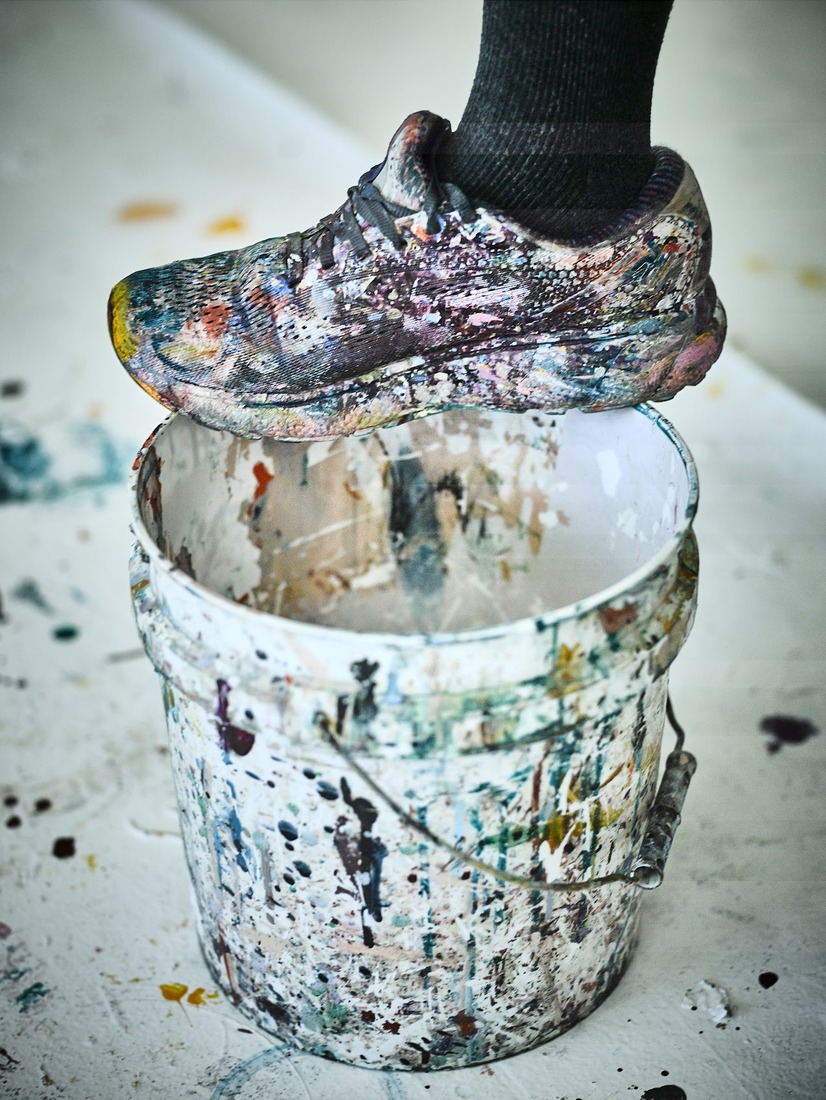
What differences do you perceive between the artistic community in Seville and New York City, considering the economic and competitive challenges involved in living in the latter?
I left very young, at the age of twenty-four, so I didn’t participate much. In Seville, there are highly talented contemporary painters. I think everything there is more local; the art market is not as active. There are fewer collectors, which slows down the process, but it’s an exceptional place to paint because of its special light and art history. There is a great deal of talent in Seville. I admire the painters’ work a lot, but yes, it’s very different from what you find here. Everyone knows each other there. Here, on the other hand, it’s more difficult to know everyone.
Although you’re still young, you’ve exhibited in important galleries and have achieved an established place and a name in the art world. Did you ever imagine this success?
I always had faith in it, but at first, it wasn’t easy. I left school and lived in my studio, which was illegal. You couldn’t live in the studio because it was commercial. It had a metal door because it also functioned as a handbag factory, and they would close it at night. If something happened, I couldn’t get out. The beginnings were tough. However, now my work is more appreciated. I have my own studio, and that’s something I value a lot.
What was your first major opportunity in commercial art galleries? Do you consider scale to be important in your works?
In 2018, I began exhibiting at Fredericks & Freiser gallery in Chelsea, which represented a very significant step for me. They supported me a lot in my career, and I really enjoyed the atmosphere of that gallery and the artists who were part of it. Scale is indeed important. When a painting is larger than a person, it creates the sensation that the painting is directed towards the person, not the other way around; as if the painting is coming towards you. This intensifies its meaning or the sensory experience of interacting with the painting.
Have you considered exploring other artistic disciplines besides painting?
I have been practicing ceramics for about three months. I would like to continue with ceramics, but in larger formats. Additionally, I have also been doing a lot of drawings lately, some of them large-scale in pastel. However, ultimately, I consider myself primarily a painter. I have no intention of exploring other areas at the moment.
What are the reasons you feel grateful in your life?
Regarding painting and practice specifically, I feel grateful for the sense of stability they provide me. This stability is not subject to external circumstances; it is something solid, a constant foundation in my life that will always be present. It’s like a spiritual experience. Additionally, painting becomes a lifestyle and, in a way, a personal badge. It also involves learning to find happiness in what you have, being able to paint for the simple act of painting, beyond the results you may achieve. It’s about enjoying the present moment and finding joy in that experience.
All images courtesy of the artist and Almine Rech Gallery.
Editor: Kristen Evangelista